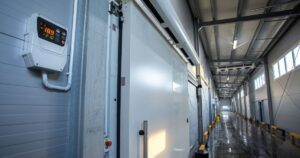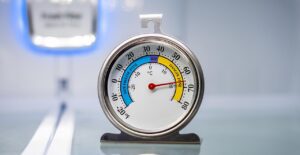As businesses expand their operations across longer distances, the logistics of shipping goods and components become increasingly complex. In particular, those in industries that require cold or temperature-controlled environments must take into account product sensitivity to both heat and cold as well as other environmental factors when packaging goods for long-distance shipments. To ensure a successful shipment and protect items from degradation due to fluctuations in air quality or temperature, it is important for companies to gain an understanding of how best to optimize cold chain packaging techniques during transport.
Product Damage / Spoilage
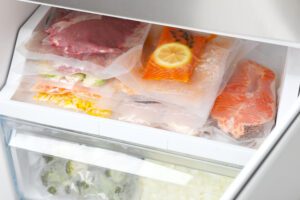
Product damage and spoilage can be a serious concern when it comes to long-distance shipments. Temperature fluctuations, handling errors, or prolonged transit times can all increase the risk of compromised product integrity, leading to financial losses and reputational damage for any business involved in transportation operations.
That’s why robust cold chain packaging solutions are essential. These are packages that have been designed to keep products’ temperature stable during transport no matter what environmental conditions they encounter. This is achieved through the use of insulation materials, such as Pallet shippers or air bubbles; gel packs; temperature control systems that monitor internal temperatures throughout the duration of transit; desiccants that absorb moisture in order to extend shelf life; and other specialized technologies based on your particular product specifications.
Industries Most Affected (Pharmaceutical / Food)
The pharmaceutical and food industries are particularly susceptible to the challenges posed by long-distance shipping. The key to preserving the integrity of products during this kind of transportation is a tightly controlled cold chain system for packaging and storage.

A cold chain ensures that sensitive items like pharmaceuticals, vaccines, frozen foods, and other temperature-sensitive cargo are kept at an optimal temperature throughout their journey. This can be done through refrigerated containers, controlled room temperatures in warehouses, or even insulated packaging with built-in cooling systems such as phase change materials (PCMs).
For pharmaceuticals specifically, maintaining temperature control is essential for product quality and safety. Incorrect temperatures may cause drugs to become ineffective or even harmful when used by patients — something which could have grave consequences if not addressed properly. Long-distance shipping, therefore, requires an advanced set of measures so as to ensure that any given drug remains within its specified safe range at all times during transit.
When it comes to food shipments too, a reliable cold chain is absolutely necessary for avoiding spoilage and other quality concerns resulting from fluctuating temperatures along the way. Retaining freshness in perishable items like seafood or produce over extended journeys demands superior standards of insulation combined with chilled containers backed up with continual monitoring services ― both before shipment and during transit ― all powered through IoT technology platforms such as RFID tags or real-time location trackers on vehicles, etc.
Cost
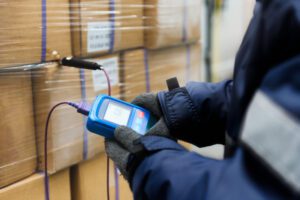 When it comes to long-distance shipments, choosing the right cold-chain packaging is essential. That’s because efficient packaging can significantly reduce the overall cost of long-distance deliveries by minimizing product wastage due to spoilage. An investment in high-quality packaging may seem costly upfront, but its effectiveness will shine through in the long run as you experience greater cost savings from lessening or eliminating spoilage and product loss.
When it comes to long-distance shipments, choosing the right cold-chain packaging is essential. That’s because efficient packaging can significantly reduce the overall cost of long-distance deliveries by minimizing product wastage due to spoilage. An investment in high-quality packaging may seem costly upfront, but its effectiveness will shine through in the long run as you experience greater cost savings from lessening or eliminating spoilage and product loss.
The most important thing to consider when selecting a cold chain package for your long-distance shipment is how well it safeguards against temperature fluctuations caused by changes in transit times or ambient conditions such as humidity or UV light. It’s also key that you ensure airtightness and water resistance; if moisture finds its way into your package, any temperature regulation tactics will be rendered useless. Reusable insulated containers are ideal for maintaining an optimum temperature range throughout extended transit periods while absorbing harsh environmental factors like vibrations and shocks which can damage more fragile items during transport.
Carbon Emissions
Businesses are increasingly recognizing the urgent need to address the crisis of climate change, and carbon emissions contribute significantly to that issue. It is critical for organizations to evaluate their operations in order to uncover energy-saving opportunities that can reduce their carbon footprint.
One effective way companies can achieve this goal is through optimizing cold chain packaging – an area where organizations generate a significant amount of greenhouse gases due to its high reliance on energy throughout every stage of the process. Optimizing cold chain packaging practices can have a drastic impact on reducing businesses’ carbon emissions.
 Specifically, when it comes to reducing energy consumption, some strategies include using more lightweight materials designed for insulation purposes; selecting packages with superior thermal properties; investing in better equipment such as chillers and freezers; upgrading efficiency levels in vehicles used for handling chilled cargo; and utilizing better temperature monitoring solutions like IoT (Internet of Things) sensors and predictive analytics software that helps anticipate possible temperature variation before they occur so timely preventive measures could be implemented. Each one of these practices individually has an impact but when combined together they create exponential potential towards realizing environmental sustainability goals while saving time and money simultaneously!
Specifically, when it comes to reducing energy consumption, some strategies include using more lightweight materials designed for insulation purposes; selecting packages with superior thermal properties; investing in better equipment such as chillers and freezers; upgrading efficiency levels in vehicles used for handling chilled cargo; and utilizing better temperature monitoring solutions like IoT (Internet of Things) sensors and predictive analytics software that helps anticipate possible temperature variation before they occur so timely preventive measures could be implemented. Each one of these practices individually has an impact but when combined together they create exponential potential towards realizing environmental sustainability goals while saving time and money simultaneously!
Last-Mile Delivery
 Last-Mile Delivery, a popular term in the cold chain packaging industry, is the final step of getting goods from a fulfillment center to retail stores or direct-to-consumer customers. This critical last stage of the shipping process involves cost considerations, customer service issues, and logistical challenges that are unique to this type of delivery. To ensure that products reach their destination safely and on time, it is essential for shippers to consider all factors associated with last-mile delivery. Cold chain transportation requires specialized packaging materials and processes as well as temperature control throughout transit so products remain fresh until they reach their final destination. Planning ahead for any contingency such as unfortunate weather conditions or power outages can help prevent costly delays or product wastage due to spoilage during shipment.
Last-Mile Delivery, a popular term in the cold chain packaging industry, is the final step of getting goods from a fulfillment center to retail stores or direct-to-consumer customers. This critical last stage of the shipping process involves cost considerations, customer service issues, and logistical challenges that are unique to this type of delivery. To ensure that products reach their destination safely and on time, it is essential for shippers to consider all factors associated with last-mile delivery. Cold chain transportation requires specialized packaging materials and processes as well as temperature control throughout transit so products remain fresh until they reach their final destination. Planning ahead for any contingency such as unfortunate weather conditions or power outages can help prevent costly delays or product wastage due to spoilage during shipment.
Nordic Products for Long Distance
When it comes to long-distance transportation, Nordic products have solutions that ensure your products arrive quickly and safely. With advanced temperature control technologies designed to protect sensitive items during transit, Nordic’s selection of long-distance shipping tools can provide peace of mind for even the most challenging shipments:
 Nordic Ice® Bricks: These semi-rigid foam brick refrigerants provide long-lasting and consistent cooling power, making them ideal for long transit situations like international or cross-country travel.
Nordic Ice® Bricks: These semi-rigid foam brick refrigerants provide long-lasting and consistent cooling power, making them ideal for long transit situations like international or cross-country travel.- Nordic Extreme PUR Frozen Shipper: Tested to meet ISTA 7E requirements, these shippers are perfect for transporting temperature-sensitive products safely and securely over long distances.
- Polyurethane Cooler Boxes: Nordic’s cooler boxes provide an optimal temperature-controlled setting for sensitive products, making them ideal for long transit times.
- Global 456 Design-Tested Pallet Shipper: Providing over 110 hours of protection in summer and 120+ hours in winter, these pallet shipping systems are designed for long-distance shipments.
- Nordic Ice® Wraps: These provide a protective buffer during transit, ensuring uniform temperature distribution even in small packaging areas.
- Nordic Ice® Regular Gel Packs: Durable and reusable, these gel packs offer temperature-sensitive protection for the safe transport of food, pharmaceuticals, and medical products.
We understand your needs
Optimizing cold chain packaging for long-distance shipments is complex, but it is vital in order to protect the integrity of the product throughout transit and keep customers happy. Effective packaging optimizes space, cushioning, cooling capabilities, and other factors to minimize costs and maintain quality. If you want an efficient and effective solution that involves both cost savings and efficiency, be sure to consider Nordic Cold Chain Solutions. With decades of experience in the industry, we understand your needs and have the expertise needed to provide a suitable solution.
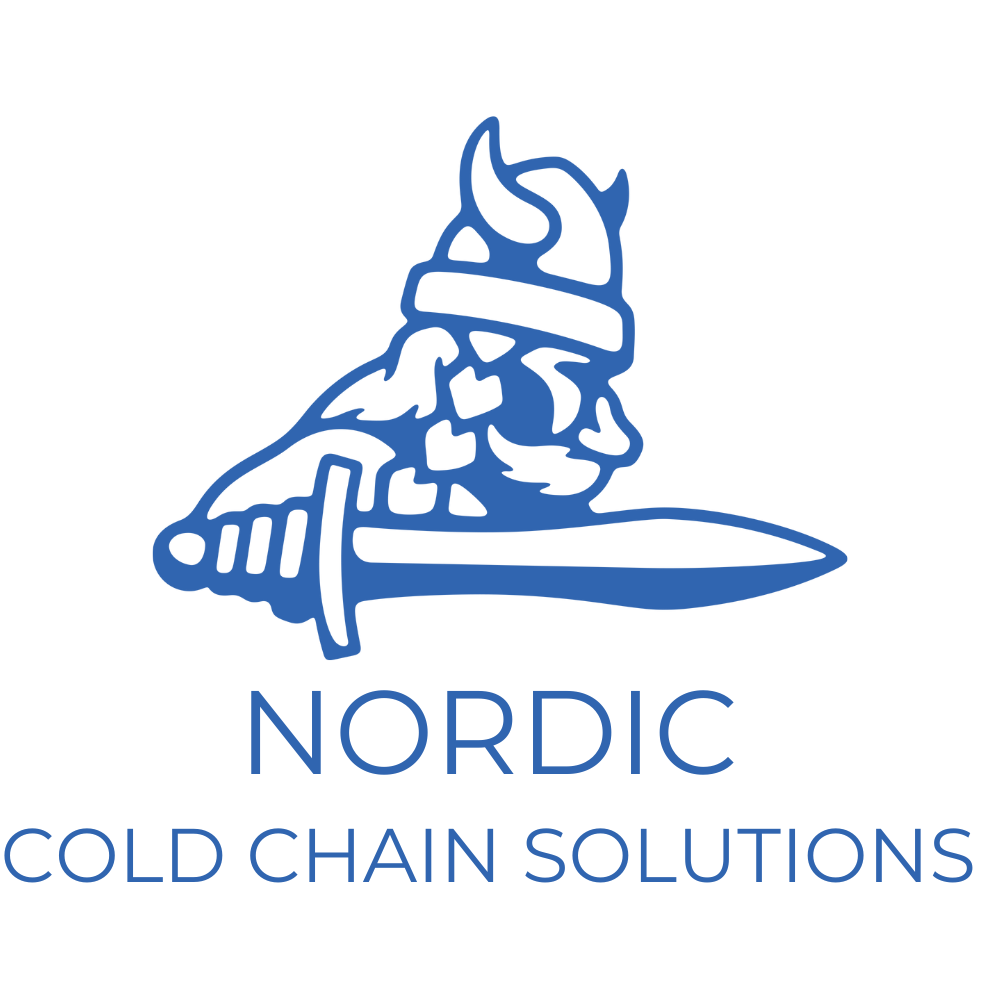

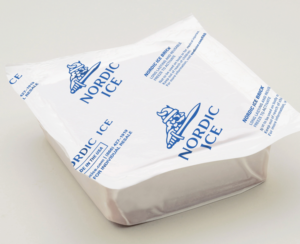 Nordic Ice® Bricks:
Nordic Ice® Bricks:

